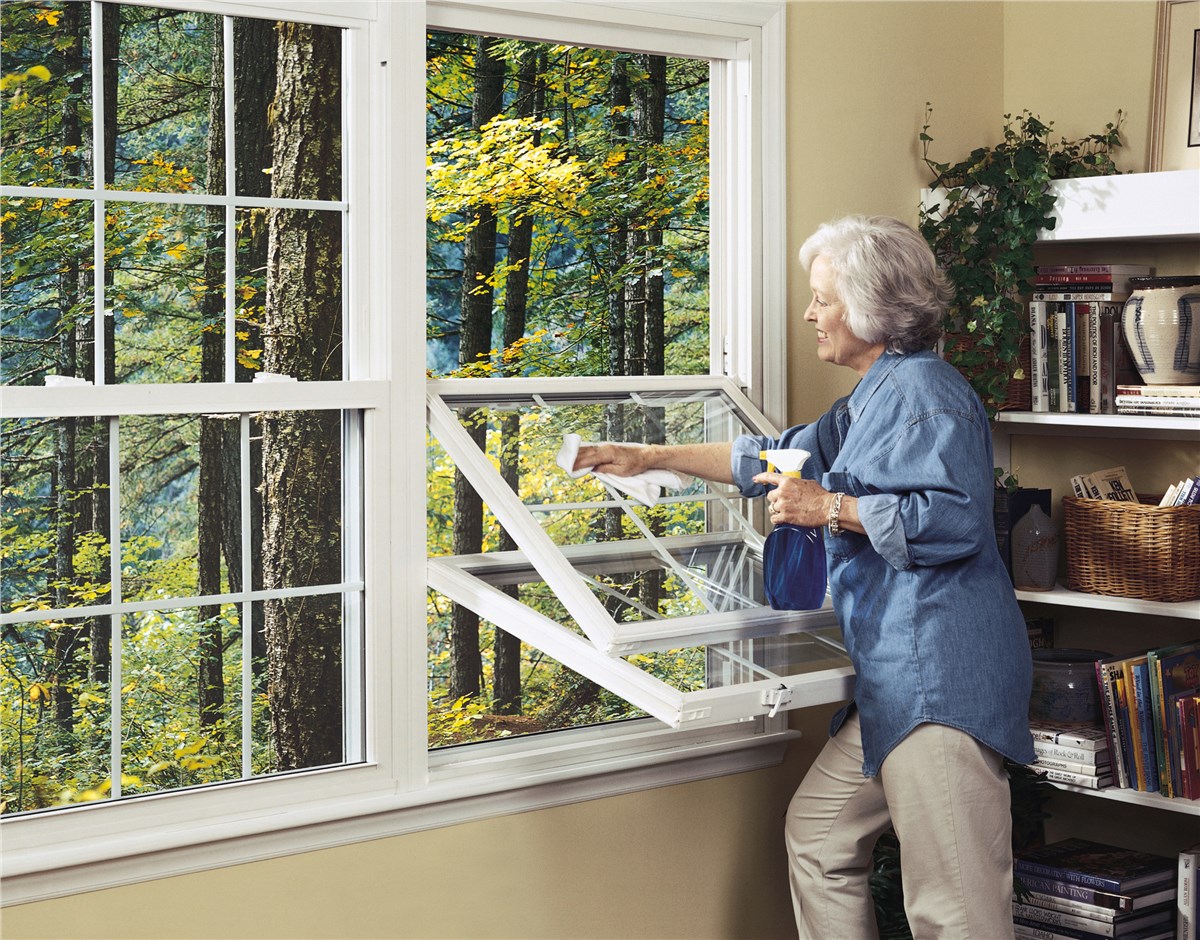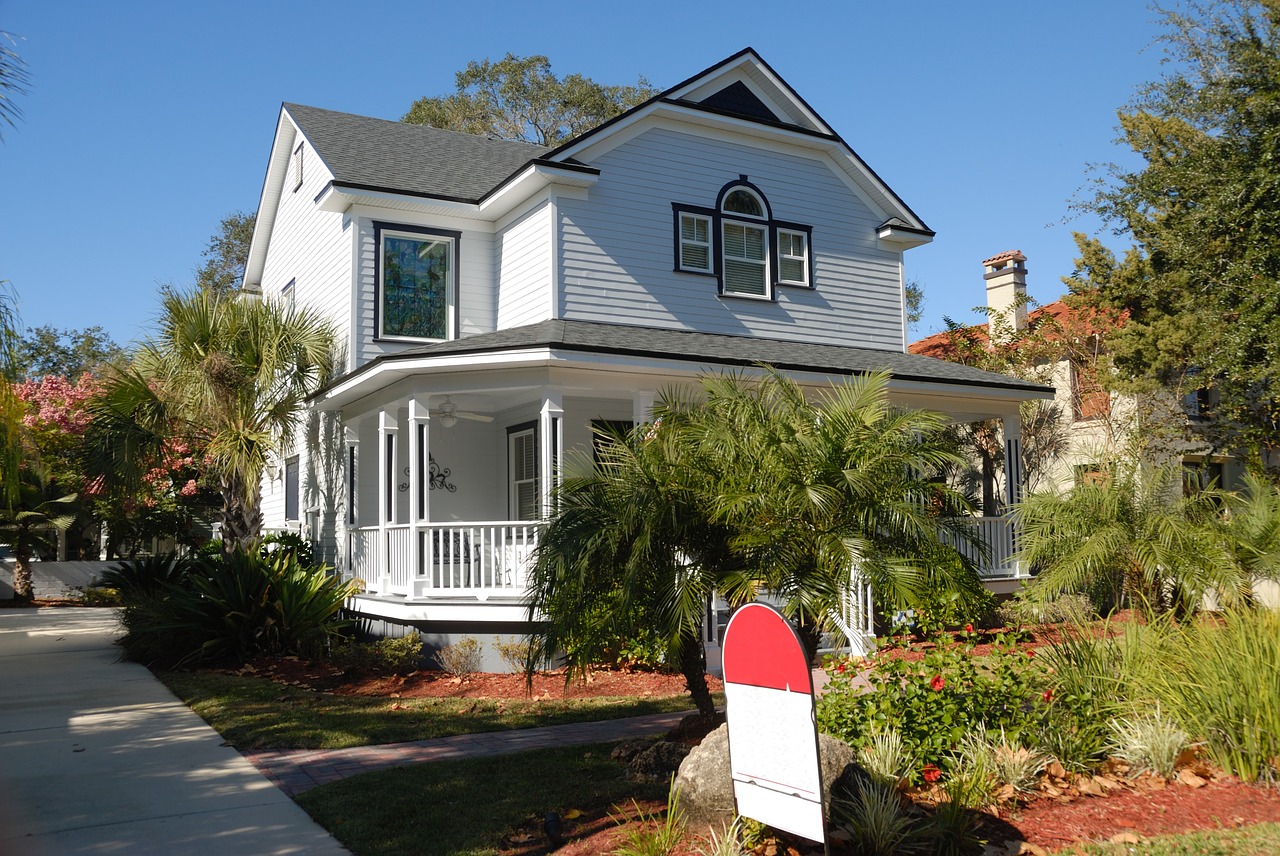What to Look for When Buying Replacement Windows
You might feel a draft. Or notice that your window sashes are damaged. Maybe the panes fog or condensation collects between them. Or, worse, the frame itself is rotting. Click below and start your search for a Replacement Window.

A replacement window is made-to-measure for an existing window frame and designed to be installed without having to remove the exterior siding or window trim, which would make the job more involved and more expensive. If you’re building a new house or planning a remodeling project, you’re more likely to be in the market for new-construction windows. If, on the other hand, the neighbor kid’s baseball just crashed through a single window pane, the glass can be replaced with what’s known as an insert.
For replacement windows, the options for customization can be overwhelming. To help you decide which windows are best for you, we tested a cross-section of replacement windows on the market; interviewed manufacturers, dealers, and installers; and analyzed the return on investment.
How to Get Started
As a consumer, you can browse the window aisle at your local big-box store to orient yourself with brands and styles, but the windows there almost certainly won’t fit the window openings you have because there’s no standard size.
When you’re ready, browse manufacturer websites for ideas, then call a few retailers and window dealers to schedule consultations.
“There is really no way to get a ‘general quote,’?” says John Jervis, managing director of the American Window and Door Institute. Rather, each seller will conduct a site review of your house—essentially a free consultation with one of its reps, who will take measurements and talk to you about your needs.
“During your consultation, a project specialist will come to your home and go over material options, show samples, and ask questions regarding specific requirements for your home,” says Steve Anstett, the merchandising director for millwork at Lowe’s.
That person should discuss your budget and suggest specs for each window. And not every window requires the same strategy. It might be prudent, for example, to install particularly energy-efficient windows on certain walls of your home based on how much shade or sunlight these walls receive. The consultation might also reveal problems, such as rotted or warped window frames, that would affect the cost or scope of the job.
Decisions That Matter
First, there’s the question of frame materials and construction. Wood and fiberglass are excellent insulators. Vinyl frames (the largest portion of the replacement market) can also be good insulators. Be sure to talk to each consultant about whether a particular frame type makes sense for your climate. Aluminum frames are generally inexpensive and durable, but the material is a very poor insulator and is suitable only for temperate areas of the country.
Another choice you’ll need to make is how many panes of glass you want. Double-pane glass is standard: The two panes are separated by a spacer, and the cavity is typically filled with argon gas, which adds insulating properties. (The panes have coatings that also help insulate.) You can buy triple-pane windows, which insulate further and cut down drastically on noise. But be wary of overdoing it: “Triple-pane windows are very expensive and may not be worth it unless you’re next to an airport or very close to a highway,” says Enrique de Paz, Consumer Reports’ windows test engineer.
You will want to walk through each of these decisions for each quote—along with choices around aesthetics, functionality, and more. As you might imagine, all these options can swing the price wildly.
You’ll probably get an itemized list, detailing the features you’ve discussed, with one dollar figure: the total, which should include installation. As you’re weighing each bid, ask the rep which features you could stand to lose and how that might affect the overall cost.
Once you’ve made your pick and signed off on the details, the dealer will order windows custom-made to your home’s specifications. Then a contractor will install the windows.
Cost and Potential Return
The best windows in our tests range in price from $260 to $580 each for a 3x5-foot window. Installation costs can vary significantly based on the scope of the job. According to an estimate from the National Association of the Remodeling Industry, new replacement vinyl windows cost nearly $19,000, installed, for a 2,450-square-foot home, the national average in 2017. Wood windows set the average homeowner back $35,000.
Keep in mind that you’re unlikely to recoup the entire expense in energy savings. New windows may help lower your gas and electric bills a bit, but it would take decades before these savings offset the cost of the windows themselves—even if you opt for highly efficient ones. (See “Making Sense of a Window Sticker.”)
“A window is literally an energy hole in your wall,” de Paz says. “And no matter what coatings you get on your glass, an insulated wall is always going to have a much higher insulation value—by a factor of three to five.” The insulating value of a double-pane window is comparable to that of an uninsulated wall.
What about resale? The National Association of Realtors estimates that you’d recover almost 80 percent of the project cost for vinyl and about 60 percent for wood if you were to sell your home soon after installation.
Window Replacement Services
You might have received a direct mailer or seen advertisements touting window replacement services. These services, such as Replacement by Pella or Renewal by Andersen, are an alternative to hiring an independent contractor.
Renewal by Andersen, for example, is Andersen Windows’ replacement service. Its products are not sold at retail—customers work with an Andersen representative who handles the entire process, including consulting, generating a quote, and ultimately overseeing the installation. These programs offer peace of mind in the sense that the same company handles everything.
Many major window manufacturers offer a 20-year warranty on the window’s glass and a 10-year warranty on other components. Replacement services tend to include a two-year installation warranty, so if a problem arises, repair work is covered. (If you go through a separate dealer and installer, make sure to ask about an installation warranty.)
The service can come at a cost, though: A CR staffer who lives near our Yonkers, N.Y., headquarters received an initial bid from Renewal by Andersen for $24,567, almost twice the amount of a bid from WindowRama, a regional dealer. The homeowner was able to get the Renewal by Andersen cost down to around $16,000 after discounts, and by removing optional grilles and a finer mesh for the window screen.
This Article was Originally Published on Consumerreports.org








